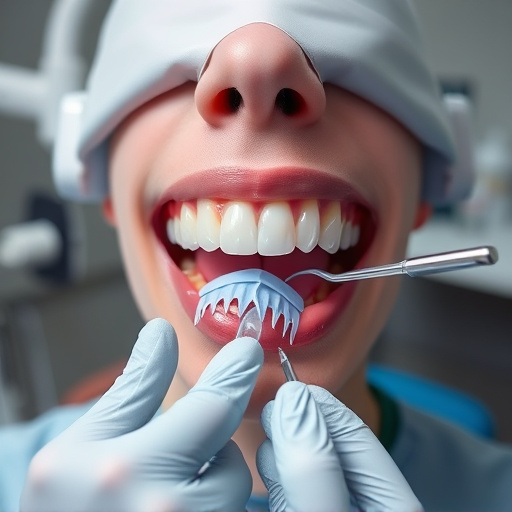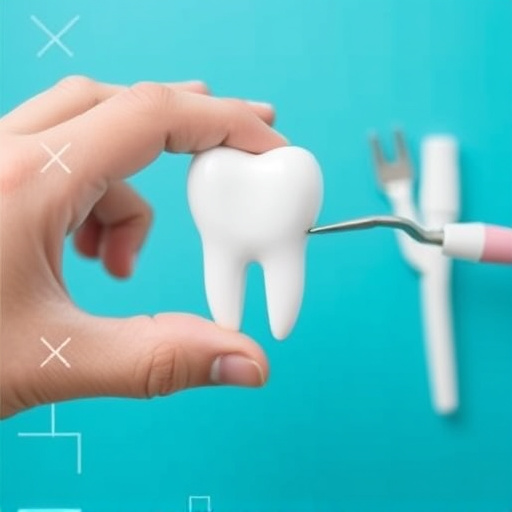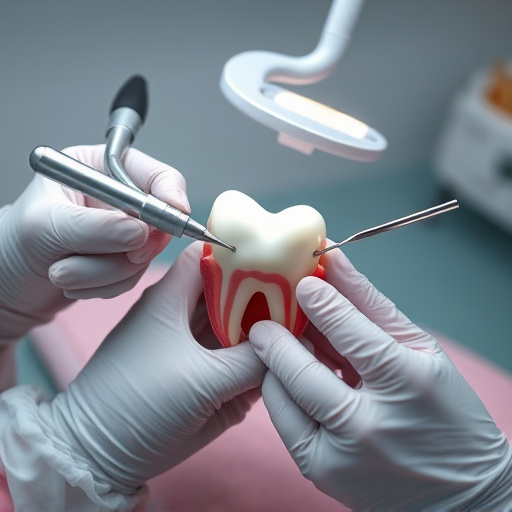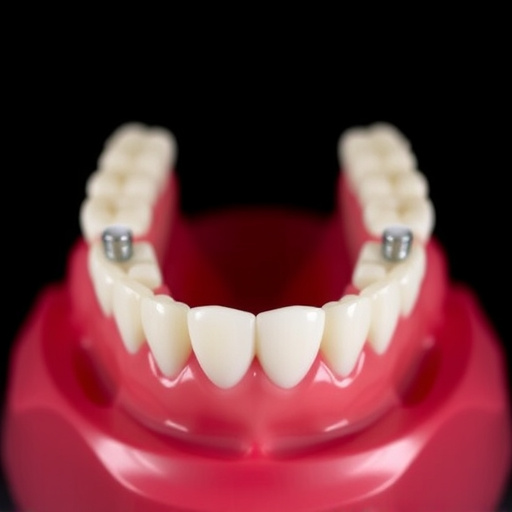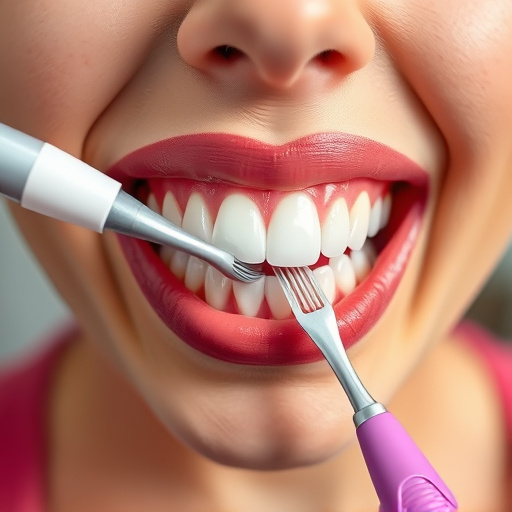Infection control procedures are crucial for public health during pandemics, focusing on simple yet effective practices like hand hygiene, respiratory etiquette, and waste management. In healthcare settings, these protocols prevent disease spread, protect patients and workers, and ensure efficient resource management. A successful pandemic response strategy involves multi-faceted infection control measures: hand hygiene, physical distancing, cleaning/disinfection, and preventive dentistry. Clear communication and consistent adherence to guidelines are key to a robust infection control framework.
Infection control procedures are paramount in pandemic times, acting as a bulwark against the spread of infectious diseases. This article delves into the essential components of understanding and implementing effective infection control measures. We explore the foundational principles that underpin these procedures, emphasizing their role in enhancing preparedness and response during unprecedented health crises. Furthermore, we provide best practices to ensure successful adoption and adherence, underscoring the collective responsibility in safeguarding public health.
- Understanding Infection Control Procedures: The Basic Pillars
- Enhancing Preparedness and Response During Pandemic Times
- Best Practices for Implementing Effective Infection Control Measures
Understanding Infection Control Procedures: The Basic Pillars

Infection control procedures are the foundational practices that safeguard public health, especially during pandemic times. These protocols are designed to prevent and control the spread of infectious diseases, ensuring a safe environment for individuals in various settings, from healthcare facilities to community spaces. Understanding these basic pillars is crucial in combating viruses and bacteria, as they serve as a first line of defense against potential outbreaks.
At the core of infection control procedures lie simple yet effective measures such as hand hygiene, respiratory etiquette, and proper waste management. These practices, often emphasized during health crises like pandemics, help reduce the transmission of pathogens. For instance, regular handwashing with soap and water or the use of hand sanitizers disrupts the chain of infection by killing or inactivating viruses and bacteria on the hands, preventing them from entering the body through eyes, nose, or mouth. Similarly, covering coughs and sneezes with a tissue or the inside of the elbow is a simple yet powerful way to minimize the dispersion of respiratory droplets that may carry harmful pathogens, reducing the risk of exposure for others.
Enhancing Preparedness and Response During Pandemic Times

In pandemic times, enhancing preparedness and response is paramount to safeguarding public health. Infection control procedures play a pivotal role in this regard, acting as our first line of defense against rapidly spreading diseases. By implementing robust protocols, healthcare facilities, including children’s dentistry clinics, can create safe environments that mitigate the risk of infection transmission. These measures are especially crucial during procedures like wisdom tooth removal, where close contact and surgical sites increase vulnerability to pathogens.
Effective infection control procedures not only protect patients but also ensure the well-being of healthcare workers involved in various services, including restorative dentistry. Through standardized protocols, medical professionals can efficiently manage resources, streamline communication, and adapt quickly to evolving situations. This holistic approach fosters a culture of vigilance and accountability, ultimately strengthening the overall response to pandemics and safeguarding communities from infectious diseases.
Best Practices for Implementing Effective Infection Control Measures

Implementing effective infection control procedures is paramount during pandemic times to safeguard public health and prevent the spread of infectious diseases. Best practices involve a multi-faceted approach, ensuring comprehensive coverage across all touchpoints within healthcare settings. This includes regular hand hygiene for both staff and patients, promoting physical distancing through strategic space planning, and enforcing robust cleaning and disinfection protocols using appropriate disinfectants.
Additionally, integrating preventive dentistry measures can play a crucial role in overall infection control. Regular teeth cleaning and the use of clear aligners not only contribute to oral health but also serve as part of a broader strategy to minimize the transmission of respiratory pathogens. Such practices, coupled with clear communication and consistent adherence to guidelines, form the backbone of a robust infection control framework.
Infection control procedures are not just recommended during pandemic times, but essential. As highlighted in this article, understanding the basic pillars of these procedures is crucial for enhancing preparedness and response. By implementing best practices and adhering to effective infection control measures, we can mitigate the spread of diseases, protect vulnerable populations, and foster a safer environment. These protocols are our defense against unseen threats, ensuring that we’re not just reacting but proactively managing health crises.





